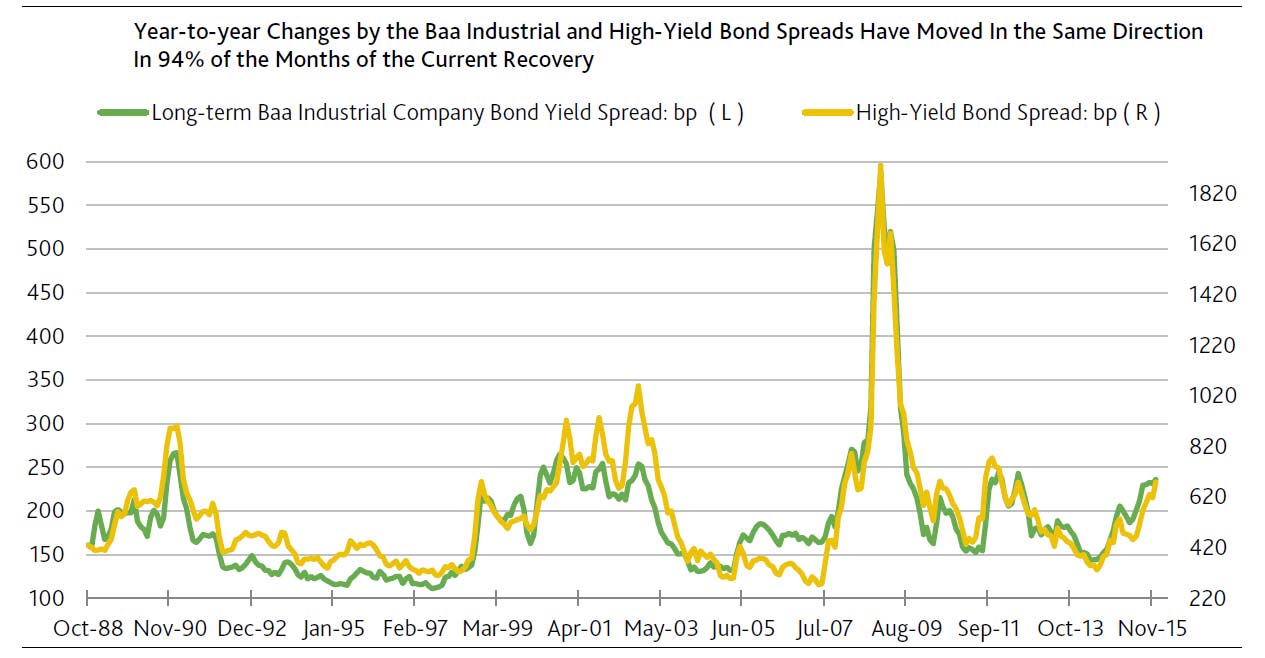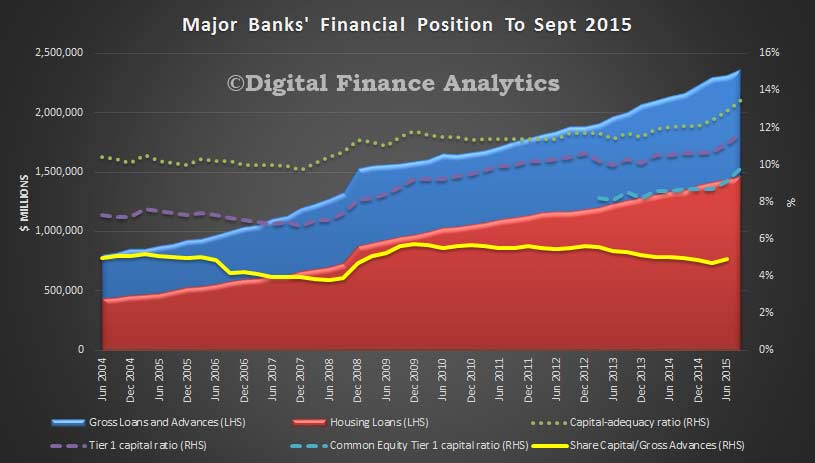According to ING, Aussies are taking control of their finances this holiday period, intending to spend $313 on Christmas gifts, significantly less than the US and UK.
The latest ING Special Report on Christmas and New Year found Aussies are cautious about getting caught out overspending during the festive period, with 73 per cent planning to spend less on Christmas this year.
As they focus on managing their festive finances, Aussies anticipate spending just 7 per cent of their monthly income on Christmas gifts, less than half of the 15 per cent US and UK counterparts intend to fork out.
Additional findings:
- 63 per cent of Australians don’t save money for Christmas and only 29 per cent put money in a separate account to pay for Christmas costs
- One in ten (12 per cent) Australians went into debt to pay for Christmas last year, however this is still less than the US (20 per cent) and UK (15 per cent)
- 14 per cent of Victorians admitted going into debt to pay for Christmas last year, closely followed by people from NSW (13 per cent), while South Australians were the most budget conscious, with less than 8 per cent spending beyond their means last Christmas
John Arnott, Executive Director, Customers, ING DIRECT, says: “Christmas and New Year is primarily about family, friends and fun, but it can become stressful – mainly because of the potential shock to the wallet.
“While some of us can be tempted to stretch finances almost to breaking point for festivities, the great news this year is that more and more of us are planning on keeping a close watch on our wallets, helping to minimise any New Year financial hangover.”
ING Christmas Spending League versus average income
|
Country
|
Median spend on Christmas presents (AUD^)
|
Spend as a percentage of average monthly earnings
|
Average monthly net earnings (AUD)*
|
Unsure how much they will spend
|
| United Kingdom |
656
|
15%
|
4392
|
42%
|
| Luxembourg |
469
|
9%
|
4983
|
45%
|
| Austria |
391
|
11%
|
3626
|
38%
|
| France |
391
|
11%
|
3476
|
42%
|
| Germany |
313
|
9%
|
3618
|
37%
|
| Italy |
313
|
12%
|
2713
|
40%
|
| Spain |
313
|
12%
|
2624
|
46%
|
| Czech Republic |
281
|
25%
|
1135
|
39%
|
| Belgium |
234
|
7%
|
3490
|
50%
|
| Romania |
172
|
32%
|
541
|
40%
|
| Poland |
109
|
11%
|
991
|
50%
|
| Netherlands |
63
|
1%
|
4367
|
41%
|
| USA |
563
|
15%
|
3690
|
33%
|
| Australia |
313
|
7%
|
4564***
|
44%
|
^ Median spend on Christmas presents converted from Euro to AUD. Currency conversion based on exchange rate as at 18 October 2015
* Source – Eurostat. For the year 2014, average net earnings for countries other than Romania and Australia; converted from Euro to AUD based on exchange rate as at 18 October 2015
** Source – Eurostat. For the year 2013, average net earnings – Romania
***Source – Australian Bureau of Statistics, for the year 2013-14 . Currency conversion – Bloomberg rates 31 December 2014


